

Friday, January 7, 2005
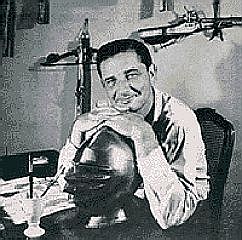
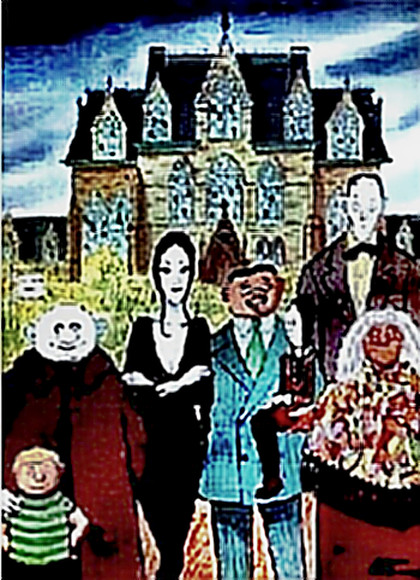
[1912 - Charles Addams, cartoonist, born Westfield, New Jersey]
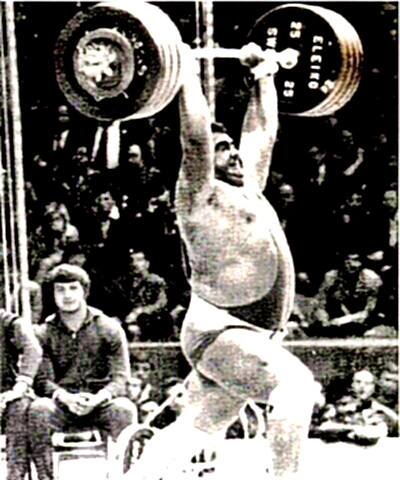
[1942 - Vasili Alexeyev, weightlifter (Olympic gold 72,76), born in USSR]

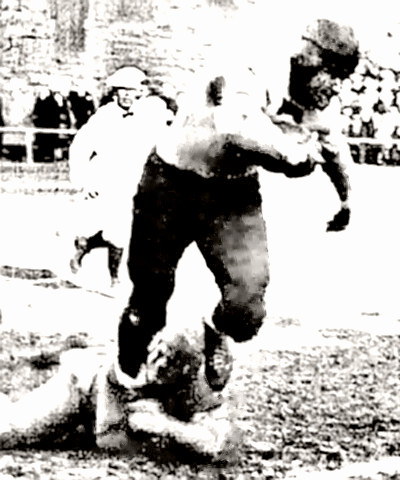
[1990 - Bronislau "Bronko" Nagurski, pro football hall of famer, dies at 81]
Way the Wind Blows
A quick google of the internet will reveal that william is not the first to see the parallels between 9-11 and the Japanese employment of kamikaze suicide bombers at the end of WW-II. For those of you who were not around for the big one, and even for those who were, it is worthwhile to revisit that phenomenon. The Japanese word "kamikaze" is comprised of two concepts: kami, divine or spirit; and kaze, meaning wind. It has its ancient roots in two attempted invasions of the Islands of Japan by the Mongols (remember Kublai Kahn?) that were both thwarted by fortuitous typhoon winds that sank much of the Mongol invasion fleet and allowed Japan to stave off the invaders.
In the later stages of WW-II when it became evident that Japan was losing the war, and the US and its allies were preparing to invade the Islands (the first foreign devils to attempt to do so since the Mongol hordes were turned back), another divine wind was called for. The Japanese leadership was too practical to rely on typhoons, hence they devised a strategy of attacking the allied fleet with guided missiles. Since the perfection of the guided missile computers and sensors was not to occur for several decades, the Japanese settled for human beings as their guidance systems. Some of the chosen are shown below.
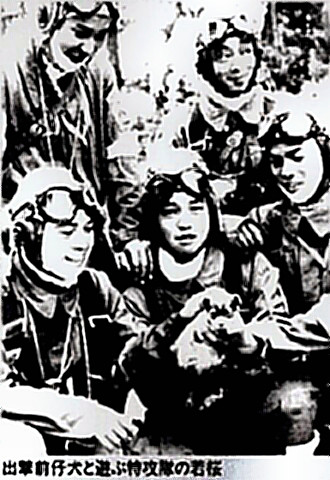
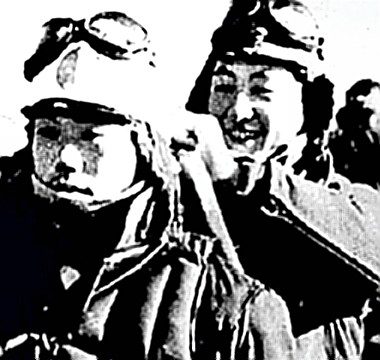
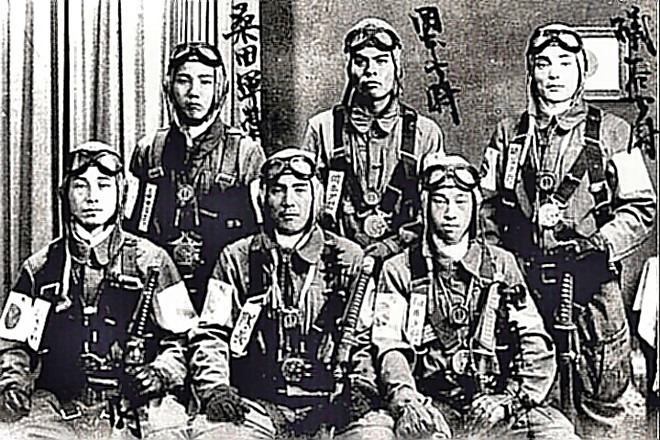
The young men who "volunteered" to become kamikaze pilots were assigned to the Special Attack Force, and trained to take-off, fly their bomb laden aircraft to the target, and crash it into an allied ship. Given the one way nature of the trip, it was not necessary to teach these men to land their aircraft. Sound familiar? The Japanese were also spared the necessity of fitting these pilots out with parachutes, nor did they need to provide any of their scarce aircraft fuel for the return trip, hence a greater munitions payload could be crammed into the planes. This new weapons system was more effective than is generally realized. Some historians believe that more than fifty allied ships were sunk by kamikaze attacks in the Pacific and Southeast Asia, and surely many more were damaged. As many as four thousand kamikaze pilots may have flown to their death in these suicide bombing missions, killing more than three thousand allied sailors and wounding another six thousand. Take a look at some of the destruction.
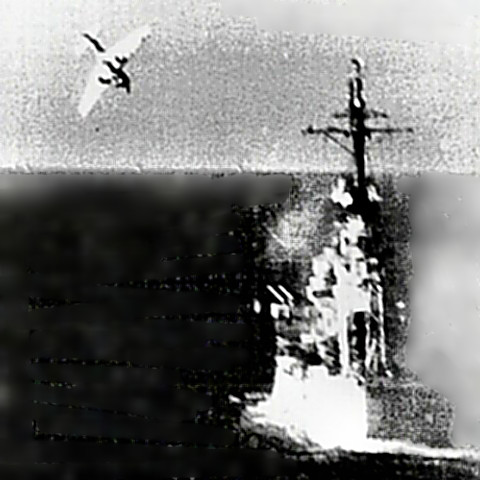
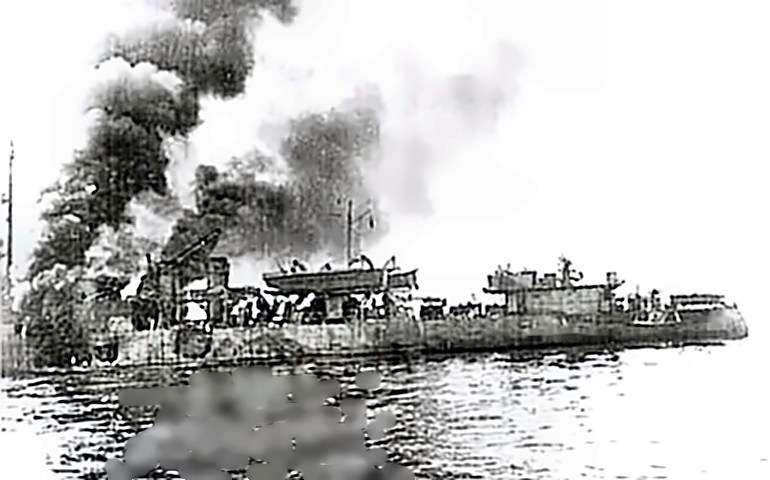
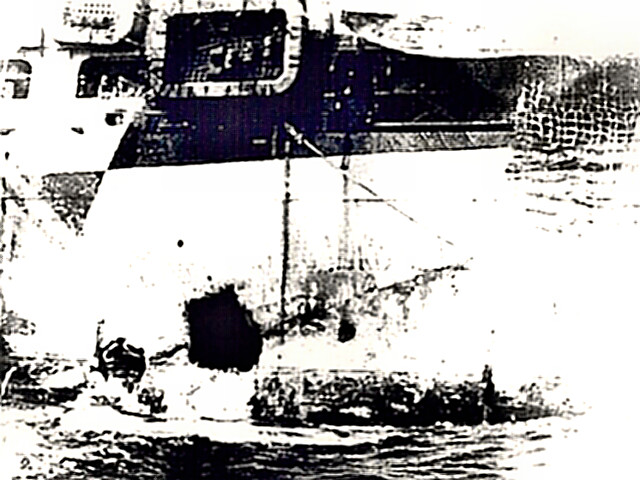
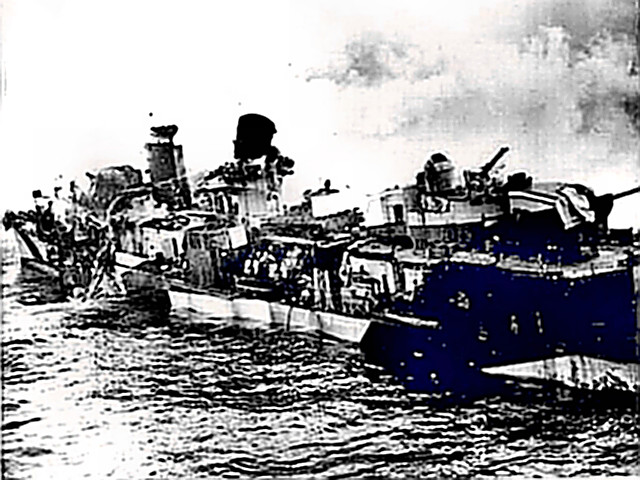
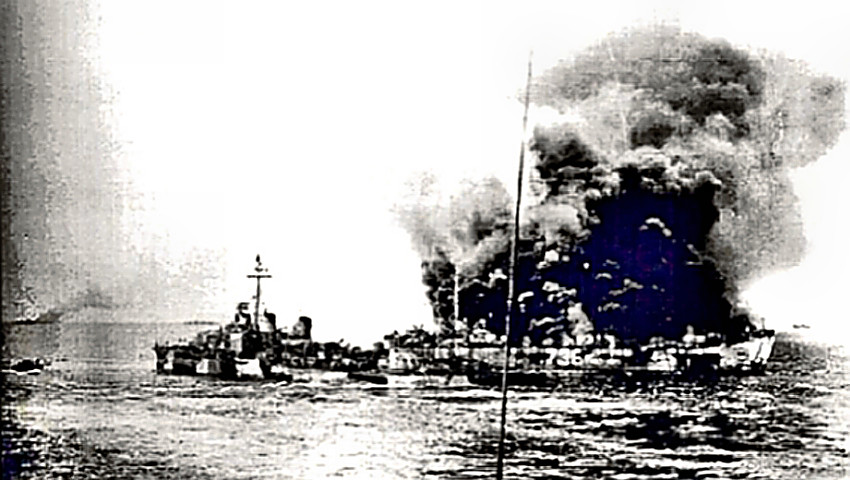
Ah, you say, but the Japanese suicide bombers attacked only military targets while the present day kamikaze struck a civilian one. True, but one assumes that had the US mainland been in range of the aircraft available in those days, the Japanese would not have hesitated to strike at it. After all, we hit plenty of civilian targets in Japan and Germany with only the flimsiest of justification. The atom bombs that dropped from US aircraft onto Hiroshima and Nagasaki were made in the USA, and remain to this day the most successful terror weapon ever employed on this planet.
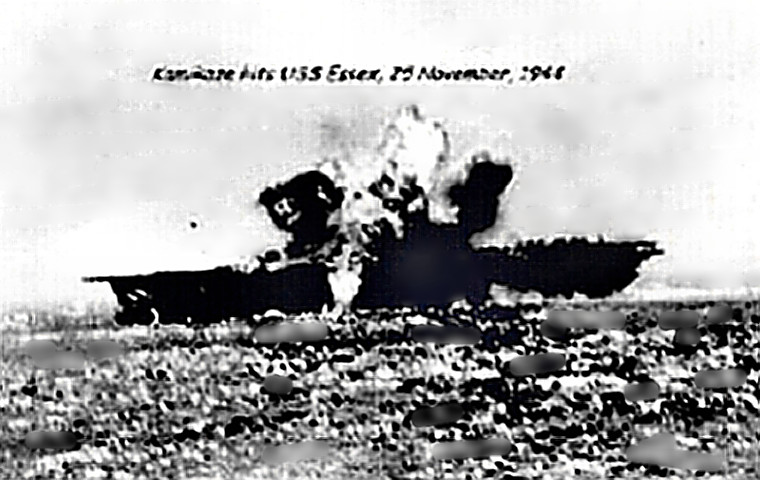
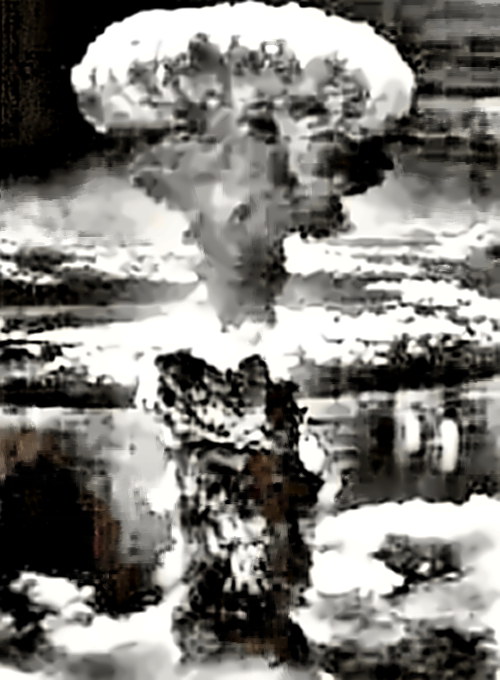
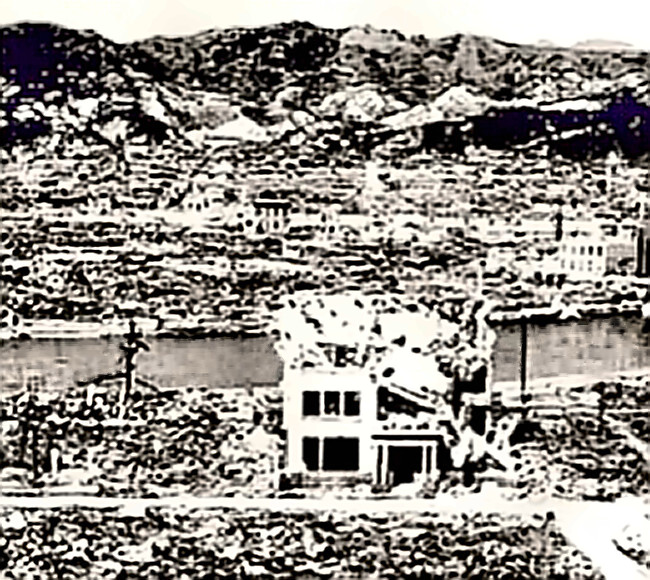
 to Almanack Main Page
to Almanack Main Page
